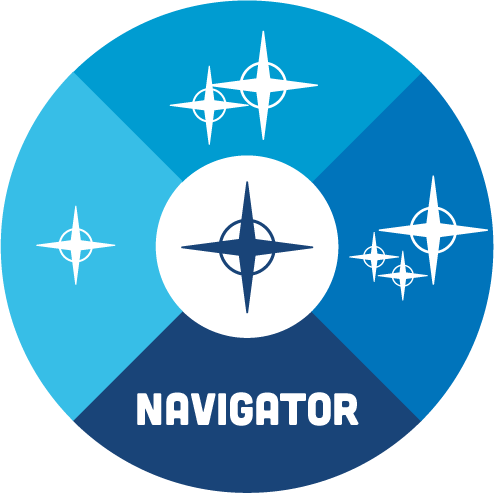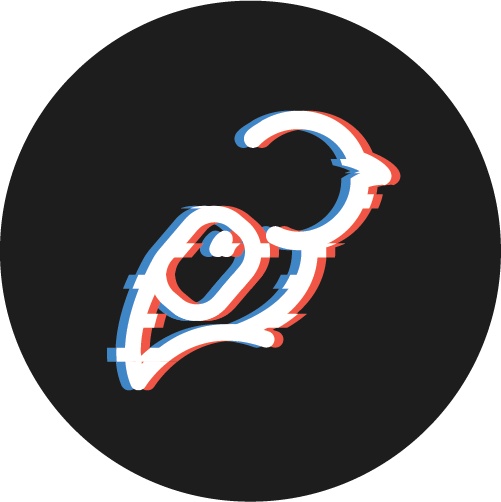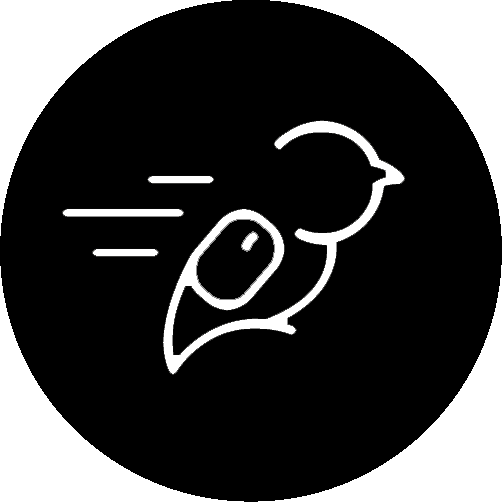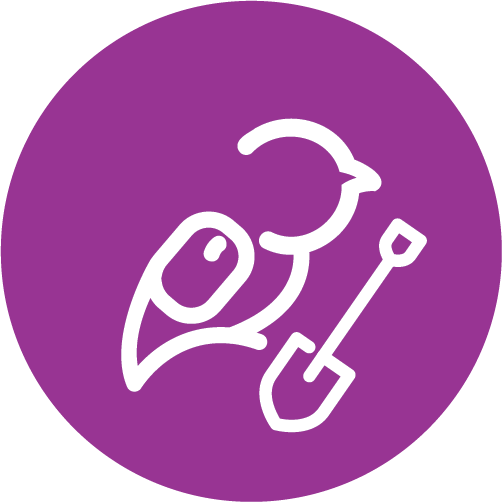43

 What is Access?
What is Access?
Access is the basic fundamental need for students to be able to participate fully in their education. This includes access to transportation, finances, technology, tools, services, internet connectivity, learning spaces, safe spaces, mobility, faculty, staff, administrators, peers, and so much more.
Why Does Access Matter to Students?
 When elements of access are not available to students due to financial, technological, geographical, social, institutional, familial, religious, cultural, linguistic, physical or other barriers, then students are not able to fully participate in their education. Facing these types of barriers may make you feel frustrated, angry and upset. You may also feel excluded, unsafe, overwhelmed, stressed, unheard, and unseen. Barriers may even appear before, during, and/or after your college or university experience. If this is happening to you, we want to help you to navigate the many ways that you can reduce or eliminate these barriers for yourself and others. In this module, we will focus specifically on technological and financial barriers. Visit the other sub-modules in the Navigator module to discover ways you can tackle other barriers in your life.
When elements of access are not available to students due to financial, technological, geographical, social, institutional, familial, religious, cultural, linguistic, physical or other barriers, then students are not able to fully participate in their education. Facing these types of barriers may make you feel frustrated, angry and upset. You may also feel excluded, unsafe, overwhelmed, stressed, unheard, and unseen. Barriers may even appear before, during, and/or after your college or university experience. If this is happening to you, we want to help you to navigate the many ways that you can reduce or eliminate these barriers for yourself and others. In this module, we will focus specifically on technological and financial barriers. Visit the other sub-modules in the Navigator module to discover ways you can tackle other barriers in your life.
 The Wicked Problem – Technology and Affordability for Impoverished Students by Fariha Tabassum
The Wicked Problem – Technology and Affordability for Impoverished Students by Fariha Tabassum
A story about students who lack accessibility to computers due to financial barriers.
The Wicked Problem
With advancements and improvements in technology, having access to a computer of some sort is considered common-place and even a basic need. Especially during this COVID-19 pandemic when workplaces and classrooms have quickly shifted to online platforms. You need to have a computer, it is a necessity to complete daily work now, whether it be school work or business. And even more so now, as a student, you need to have a computer as well as a web-camera and a microphone to participate in zoom classes and meetings as that is a requirement set out by many professors and institutions. What many people fail to realize, I believe, is that not everyone and not every student can afford such luxuries. These may not seem like luxuries to some, but to those that are not as financially well-off, it is a luxury. So what do you do when a luxury becomes a necessity and you cannot afford it? This was an issue for me and a barrier that I have faced in pursuit of my academic success. I had a very old computer that I had been using for years, I did not have a proper web-camera or microphone to participate in zoom classes and that made life difficult for me but also made me feel excluded from my peers and professors. However, fortunately for me, I found a solution (explained in the next section).
Finding a Solution
Fortunately for me, around the same time that all classes shifted to an online format, there was a new remote learning initiative where students in need could apply for a free Chromebook that had a web-camera and microphone built-in because in today’s world “not having the correct technology can directly translate to not having access to a quality education” as said by a director of Philanthropy at Trent University. So these Chromebooks would come with the required software and hardware for remote learning. I applied for one and based on financial need, I was able to get myself a Chromebook which I can now use for my online learning.
Final Thoughts
My advice to anyone facing a similar issue would be to reach out and see what kind of initiatives are available for students who have these accessibility to technology issues. If it is a financial concern, reach out to your financial aid office, see if there are any bursaries available for students in need because we all need a little help sometimes. Talk to guidance at your school and do not feel embarrassed, I know for many people they might feel embarrassed that they do not have the financial means to afford the technology required for learning in today’s world and especially if you see your peers that are well-off with expensive MacBooks’ and whatnot while you don’t have that, it can make you feel excluded from your peers, I get that. But I want to assure you, you are not alone. Financial barriers are a real issue that many students face but I feel that it is not talked about a lot so I am grateful for this platform and this opportunity to share my story and hopefully bring a little more attention to the issue. The truth is that no student should be left behind or excluded based on how much they have in their bank account.
APA Reference
Tabassum, F. (2021, October 7). Technology and Affordability for Impoverished Students. Liberated Learners. https://wicked.liberatedlearner.ca/technologist/technology-and-affordability-for-impoverished-students/
 Activities: Navigate Access and Finances Your Way
Activities: Navigate Access and Finances Your Way
By the end of these activities, you will be able to identify strategies to increase access to technology, services, and financial needs
- Identify technology and financial services available at your institution
- Create a personal financial plan
- Locate and advocate for functional workspaces that meet your needs
- Communicate when you are faced with barriers in your studies
- Access library resources and other academic supports for your program
Level 1 – Financial Planning and Goal Setting
What can I do to navigate my access and financial needs?
Task: Create a personal financial and study plan by identifying the technology, financial, library, and academic services available at your institution.
Time Commitment
This activity may take between 30 and 60 minutes to complete.
Steps to Complete
[h5p id=”7″]
 Dig Deeper
Dig Deeper
Review the following additional resources for more information:
- Financial Wellness – The Learning Portal
- Digital Divide – The Learning Portal
- Resilience – The Learning Portal
Success Checklist
You will know that you have successfully completed this activity when:
- You are aware of how much money is coming in and going out each month
- You have identified a current list of life needs
- You have identified a current list of academic needs
- You have identified if there are any gaps in your academic needs
- You have identified many different options to meet your academic needs
- You have a plan to meet your academic needs
- You are actively working to meet your academic needs
Level 2 – Functional Workspaces
What can I do to navigate functional workspaces?
Task: Advocate for a functional workspace to support your own academic success.
Time Commitment
This activity may take between 30 and 60 minutes to complete.
Steps to Complete
[h5p id=”18″]
 Dig Deeper
Dig Deeper
Review the following additional resources for more information:
- Problem Solving – The Learning Portal
- Knowing How to Study – The Learning Portal
- Changing Your Perception of Stress – The Learning Portal
- Staying Motivated – The Learning Portal
Success Checklist
You will know that you have successfully completed this activity when:
- You have identified what is working well in your current work/study space
- You have identified what is not working well in your current work/study space
- You have identified what would make your work/study space a better environment
- You have identified many different options to meet your work/study space needs safely
- You have a plan to meet your work/study space needs
- You are actively working to meet your work/study space needs or are reframing the issues
Level 3 – Help Someone Like You
What can I do to help someone else navigate access and finances?
Task: Share your best wisdom about what has been most helpful to you in navigating access and finances.
Time Commitment
This activity may take between 30 and 60 minutes to complete.
Steps to Complete
[h5p id=”20″]
Success Checklist
You will know that you have successfully completed this activity when:
- You have reflected on your own personal academic journey when it comes to access and finances
- You have considered what worked well for you and what challenges you faced
- You have identified ways that you overcame those challenges and what the result was
- You have considered passing along your words of wisdom to another student
- You have identified a way to share your story

